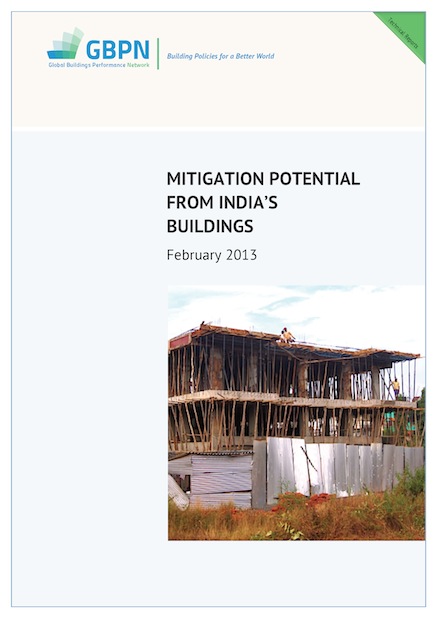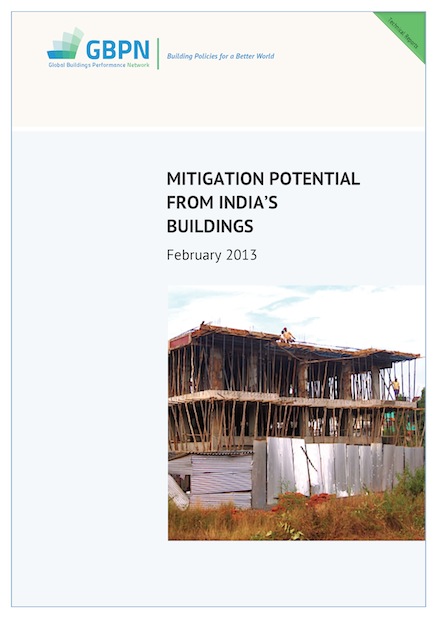印度建筑的减排潜力

可靠证据表明,至2050年印度建筑领域会产生巨幅能源增长,基于此估测,本报告分析了印度目前建筑节能减排的政策框架及其节能潜力。
8 result(s) found

可靠证据表明,至2050年印度建筑领域会产生巨幅能源增长,基于此估测,本报告分析了印度目前建筑节能减排的政策框架及其节能潜力。
可靠证据表明,至2050年印度建筑领域会产生巨幅能源增长,基于此估测,本报告分析了印度目前建筑节能减排的政策框架及其节能潜力。
 可靠证据表明,至2050年印度建筑领域会产生巨幅能源增长,基于此估测,本报告分析了印度目前建筑节能减排的政策框架及其节能潜力。
可靠证据表明,至2050年印度建筑领域会产生巨幅能源增长,基于此估测,本报告分析了印度目前建筑节能减排的政策框架及其节能潜力。
 Technical Report
Technical Report
Demonstrating the enormity of the predicted energy growth in India's building sector up to 2050, this report explores the current political framework for energy efficient buildings and the potential for change.
Cities in developing countries seldom consider the cost increases that regulations impose on development. To build legal housing, developers must meet a high minimum cost threshold established by mandatory standards. Many standards impose costs on building construction, make them less affordable to low-income households, deprive them access to legally built housing, and fuel the formation of slums.
Rapid urbanization poses a significant challenge of accommodating the poor, particularly in developing countries such as China where affordable housing has only been initiated a few years ago and will continue to be developed in the coming years. Two major considerations in affordable housing programs are cost and time, as the ability to meet the needs of low-income households is the main target of these programs. However, it is not a common strategy to address affordable housing shortage by means of incorporating sustainability features.
Thanks to new insights on the impacts that dwellings have throughout their life cycles, there has been increased attention to retrofitting innovative energy systems (IES) in existing housing. This paper uses an explorative case study design to gain more knowledge about the governance aspects of this under-researched topic. The central research question is: Which factors influence the adoption of innovative energy systems in social housing sites during renovation projects? To answer this question, eight large-scale renovation projects in The Netherlands were investigated.
On an average, India has more than 3000 Cooling Degree Days (CDD). The multifamily public housing being constructed under India’s Prime Minister Awas Yojana (PMAY) is aimed at providing formal housing to the society’s Economic Weaker Section (EWS). It is essential that this housing delivers thermally comfortable in-doors to the occupants. This study mapped the design and construction practices followed under PMAY Urban (PMAY-U) against India’s Residential Energy Building Code, Eco Niwas Samhita (ENS). The metric prescribed in ENS is Residential Envelope Transmittance Value (RETV).